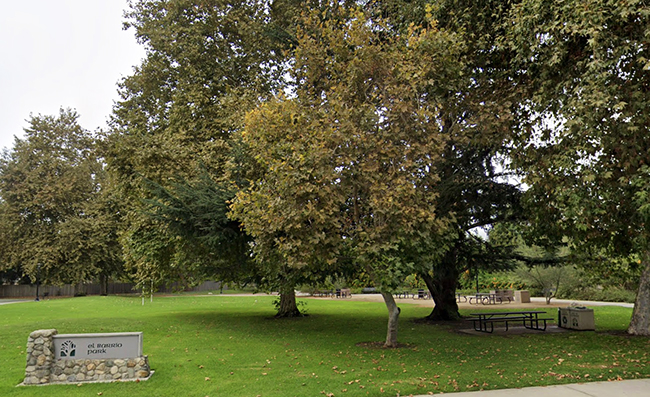VIEWPOINT: Foothill Boulevard remembered
by Ginger Elliott
It started as a gravel road called Mesa Avenue. In 1911, Mesa became Foothill Boulevard and was paved. Its first speed limit of 10 miles per hour was also posted in that year. That led to Claremont achieving a somewhat less than desirable reputation.
The Los Angeles Examiner in 1911 reported that Claremont’s Marshal J.A. Johnson was being overly energetic when he stopped “automobilists from Los Angeles as they come sailing along the superb Foothill Boulevard…and arrest them for violation of the sacred speed laws of Claremont.”
Mr. Johnson’s enthusiasm can be understood since, as was common in those days, the marshal was allowed to keep up to one-half of the fines collected. The Examiner concluded, “The little college town of Claremont is suffering from an acute attack of too much Johnson.” However, the city leaders retained the marshal for several more years.
One little-known fact about Foothill Boulevard is the pedestrian tunnel that was built beneath it at Indian Hill Boulevard. Its construction was motivated by the death of former Pomona College President Charles K. Edmunds as he crossed Foothill. In those days, most of Claremont’s population lived south of Foothill but the high school was north of the road. Parents became concerned for their children’s safety and asked for a tunnel. The tunnel ran from the front of what is now Sherwood Florist to the northwest corner of Indian Hill and Foothill Boulevards at the Old School House. It became the rule that all students (except bicyclists) had to use the tunnel to go to and from the high school. Many Claremonters may remember the not-so-sweet smell of that underground road.
By the late 1960s the city’s population had increased north of Foothill, and traffic signals had become reliable enough that the tunnel was closed by filling it in at both ends.
For many, Foothill will always trigger the memory of the original Griswold’s complex – the Smorgasbord, the hotel and the Old School House shops, which spanned from the 1960s to the 1990s. It was named after a retired professor and entrepreneur, George Griswold, whose roadside shop on Route 66 that sold citrus preserves became famous and brought tour buses to Claremont in much earlier days. It is ironic that the first liquor license in Claremont, issued in 1966, went to the owners of Griswold’s Hotel and Dining Room. Ironic since George Griswold was a devoted teetotaler.








0 Comments